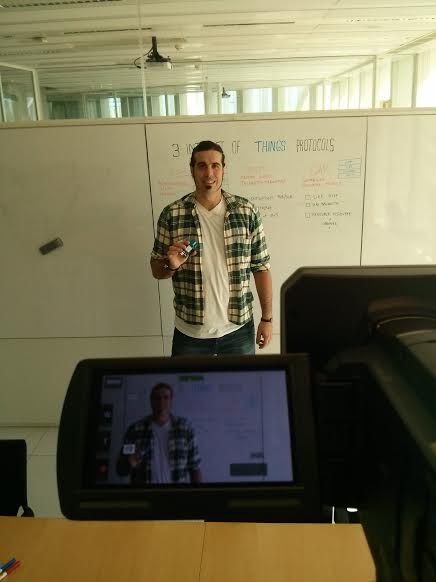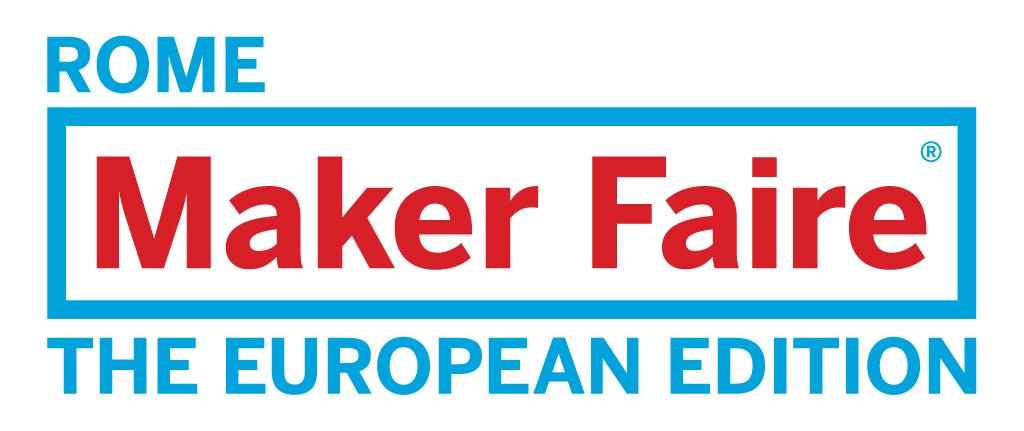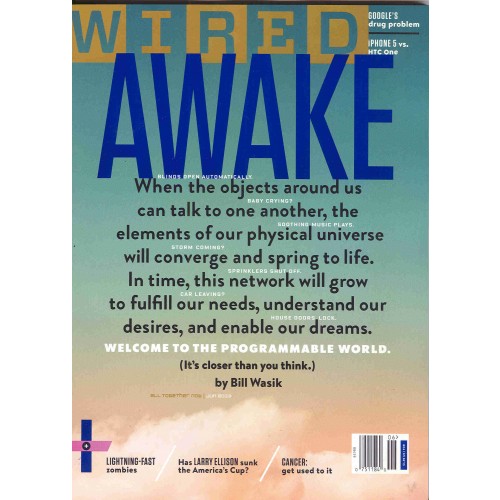3 Internet of Things Protocols #IoTFriday
Happy IoTFriday ! Today we are going to talk about three of the most popular Internet of Things protocols: HTTP, REST, MQTT and CoAP.
REST APIs are the most popular of the protocols. Based on HTTP and TCP/IP, it is the most standard used to share information among services on the Internet. REST APIs enable developers to access their data using market standardized methods and formats also known as JSON and XMLs.
MQTT (Message Queue Telemetry Transport) is an IBM open source protocol that offers a light-weight and easy publish-subscribe outlet to the Internet of Things. MQTT is based on TCP/IP in which several platforms are using for atomization of subscriptions and push messages to customers.
Lastly, CoAP (Constrained Application Protocol) is a simplification of the HTTP protocol. CoAp is mostly designed for processing restrictions that cannot process or run HTTP on the hardware. Even though it is not a standardized protocol, there are a lot of interesting features such as the observe or discovery methods that will boost the Internet of Things.
At thethings.iO, we are offering for developers four Internet of Things protocols. Write us in order to have an invitation and test our Internet of Things real-time platform.
Don’t forget to follow us on Twitter!




